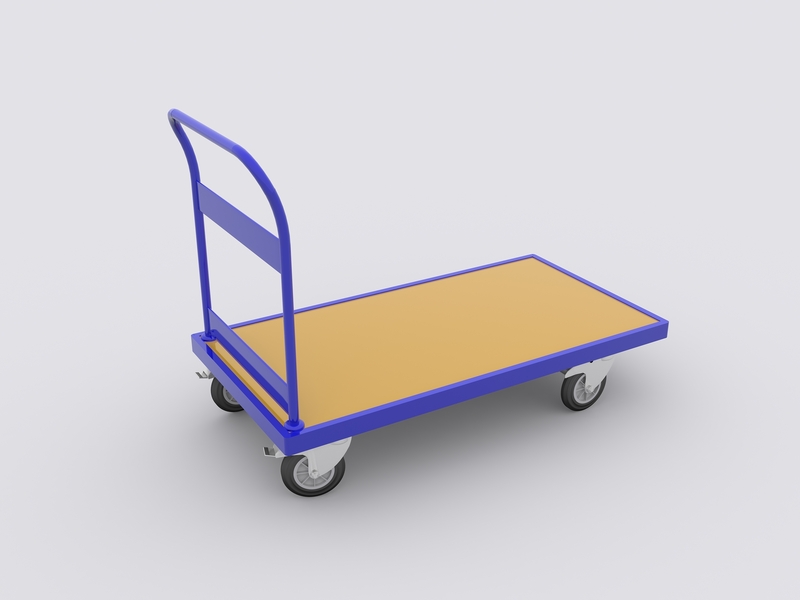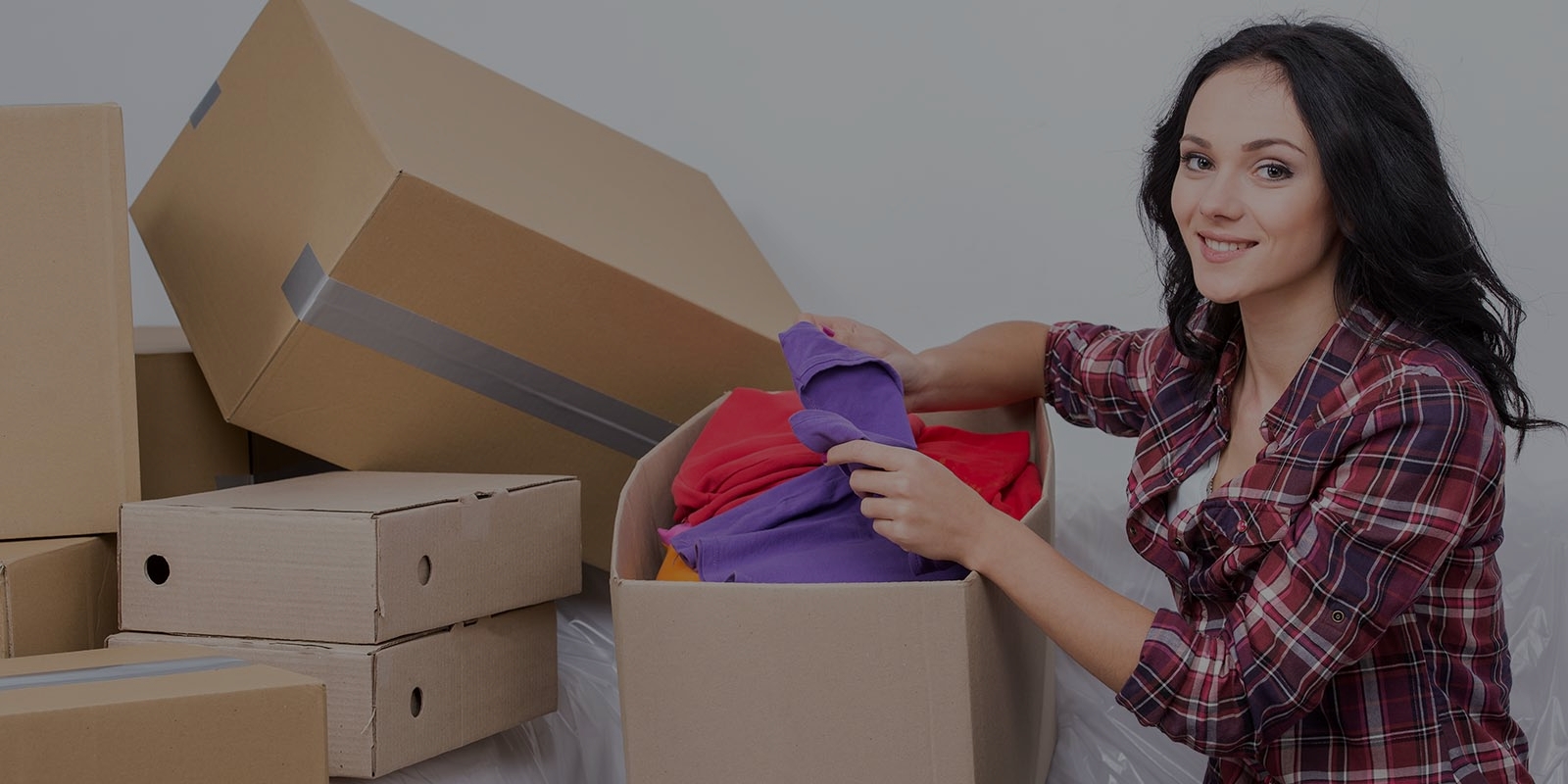Safe and Sound: Why Pros Should Move Your Piano
Posted on 18/06/2025
Safe and Sound: Why Pros Should Move Your Piano
If you own a piano, you understand the unique value and charm it brings to your home. Whether your instrument is a cherished upright used in family recitals or a grand piano that's a true showpiece, moving it is no ordinary task. In this comprehensive guide, we'll explore why professionals should handle your piano move, offering peace of mind, safety, and longevity for your beloved instrument. Read on to learn all the reasons expert piano movers are a must for this critical job!

The Challenges of Moving a Piano
Pianos are more than hefty pieces of furniture--they are finely engineered, sensitive musical instruments. Despite their outward sturdiness, these instruments contain thousands of delicate parts susceptible to damage if mishandled. Some key challenges include:
- Weight: Pianos can weigh anywhere from 300 to over 1,200 pounds.
- Shape: Their shape makes them unwieldy and difficult to maneuver through doorways and tight corners.
- Sensitivity: The internal components are fragile and can be disrupted by jarring movement.
- Finish: Elegant veneers and high-gloss finishes are prone to scratches and dings.
Attempting to move a piano without the right skills and equipment can result in:
- Serious injury to yourself or helpers
- Irreversible damage to your instrument
- Damage to your home such as dented walls and scratched floors
- Costly repair bills far exceeding professional moving fees
Clearly, moving a piano isn't just another heavy lift. It's a specialized process that requires expertise and precision.
Why You Should Let Specialists Move Your Piano
Expertise and Experience
Professional piano movers bring years of experience to the table. They know how to:
- Assess the doorways, hallways, and staircases to design a tailored moving plan
- Identify the right equipment for your specific type of piano
- Use correct lifting techniques to prevent injury and damage
- Secure your piano for safe travel over short or long distances
Inexperience can lead to disaster. Even if you're strong and careful, only professionals have the nuanced know-how for such a complex task.
Specialized Equipment
From dolly carts to heavy-duty straps and padding, pro piano movers are equipped with everything required for a safe move. Here's a look at the essentials:
- Piano Dollies: Heavy-duty dollies made specifically for upright and grand pianos
- Piano Boards: Custom boards that stabilize the instrument during lifting
- Moving straps and harnesses for steady and balanced transport
- Protective blankets and wraps to shield the piano's finish
- Skid boards for stairs or uneven surfaces
With this arsenal, professional piano movers can safely handle obstacles that would be daunting for amateurs.
Physical Safety
Moving a piano is incredibly demanding on the body. The sheer weight means it's easy for the untrained to:
- Strain their back, neck, or arms
- Slip, trip, or fall - especially on stairs
- Get trapped fingers or feet under the instrument
Professional piano moving teams know safe lifting protocols and move in coordinated fashion, minimizing risk to themselves and your property.
Protecting Your Piano's Value
A piano is both an investment and a work of art. Whether your instrument is an antique, a family heirloom, or a modern marvel, even minor damage can dramatically lower its value and ruin its look. Experts guarantee that:
- The internal mechanisms are not harmed by jostling
- All parts are protected from weather and dust during transport
- The exterior finish is wrapped and shielded
- Humidity and temperature changes are monitored to prevent warping
Insurance and Peace of Mind
This is one of the most important reasons for trusting expert piano movers: peace of mind. Professional companies offer:
- Comprehensive insurance coverage so any rare damage is fully covered
- Clear liability in case of accidents
Attempting a DIY move or hiring general movers not specialized in pianos often means you're not covered if something goes wrong.
Different Types of Pianos & How Pros Move Them
Not all pianos are created equal, and each type presents its own moving challenges. Here's how professional piano movers handle different instruments:
Upright Pianos
- Compact but still very heavy (300-700 lbs.)
- Often need to navigate stairs, tight doorways, and sharp corners
- Secure moving on padded dolly carts
- Keys and pedals are immobilized for transport
Grand and Baby Grand Pianos
- Bulkier and more delicate than uprights; barrels typically 6-9 feet long
- Legs and pedals are often removed and separately packed
- Body of piano is wrapped, then strapped to a piano board
- Moved on its side and carefully positioned in the moving truck
Digital or Electronic Pianos
- Lighter but still need careful handling to avoid internal electronic damage
- Packing with shock-absorbing materials for maximum protection
- Ensuring safe reconnection after transport
The Cost of Moving a Piano: Worth Every Penny
Many piano owners wonder: Is hiring professional piano movers worth it? Absolutely. While you'll pay more than with a standard mover or a DIY approach, the benefits far outweigh the risk. Costs are typically based on:
- Type and weight of your piano
- Distance of the move (local vs. long-distance)
- Obstacles (stairs, narrow entrances, elevators, etc.)
- Level of protection and insurance provided
In most cases, the outlay is modest compared to the potential expense of repairs, restoration, or injury-related costs associated with amateur moves.
How to Choose the Right Piano Moving Company
When trusting someone with your valuable piano, do your homework! Consider these tips:
- Verify experience: Choose movers with a strong track record moving pianos similar to yours.
- Ask about insurance: Ensure your instrument is fully covered.
- Check reviews and references: Satisfied customers are the best endorsements.
- Discuss the moving plan and ask about their equipment and procedures.
- Get a written estimate to avoid surprise charges.
The Step-by-Step Process of Professional Piano Moving
Curious how expert piano movers ensure a seamless, damage-free move? Here's a look at their meticulous process:
1. Pre-Move Preparation
- Conduct an on-site inspection or virtual survey of current and new locations
- Assess entrances, exits, and tight spots
- Plan the best routes and identify obstacles
2. Disassembly (If Necessary)
- Removing legs, pedals, music stands, and lyres (for grand pianos)
- Labeling and carefully packing each part
3. Wrapping and Protection
- Encasing the instrument in moving blankets and stretch wrap
- Padding all corners and fragile points
4. Safe Lifting and Loading
- Using straps, dollies, and team coordination to avoid tipping
- Securing the piano in the moving truck to prevent shifting
5. Transport
- Driving cautiously with special attention to bumps and corners
- Monitoring climate conditions for long-distance moves
6. Unloading and Reassembly
- Safely reversing the moving process
- Repositioning the piano in its new location
- Reattaching all components and performing a post-move check
What to Do After Your Piano Is Moved
Even after the move, there are a few important steps to take:
- Let your piano acclimate to its new environment for at least a week before retuning
- Consult a professional tuner/technician to ensure optimal sound and mechanics
- Regularly check for any signs of cosmetic or functional issues
Professional piano movers can even recommend trusted local piano technicians for follow-up tuning and maintenance!
Why Professional Piano Movers Are Worth It: Real Stories
Many homeowners try to save money by moving their own pianos, only to regret it later. Here are common tales that show why specialists should move your piano:
- Upright pianos toppled on stairs causing injuries and over $2,000 in repairs
- Grand pianos scratched while squeezing through tight doorways, requiring costly refinishing
- Legs snapped due to improper lifting, making the piano unplayable
- Uninsured "movers" damaged a homeowner's floor and refused liability
Don't let this be your experience!

FAQs About Safe Piano Moving
Can I move my piano with regular household movers?
It's not recommended. Regular movers rarely have the specialized knowledge or equipment needed to move pianos safely. For your instrument's safety and longevity, always hire professional piano movers.
Can't I just use a furniture dolly or lift?
Standard dollies and lifts are not built for the weight and balance of pianos. Improper support can break legs, pedals, even the frame--permanently damaging the piano.
Is insurance essential?
Yes! Comprehensive insurance offers the peace of mind that, even in the rare case of an accident, you are financially protected.
How soon should I tune my piano after a move?
Wait at least a week to allow the piano to adjust to temperature and humidity changes before tuning.
Final Thoughts: Give Your Piano the Care It Deserves
For any proud piano owner, moving your instrument is no ordinary chore--it's a project best entrusted to those with the right skills, experience, and equipment. Not only does this safeguard your piano's value and sound quality, but it also ensures your own safety and peace of mind. Don't take unnecessary risks. Choose professional piano movers to keep your prized instrument safe and sound, no matter where life takes you and your music.
Ready for a stress-free, safe piano move? Contact a reputable piano moving specialist today and experience the art of moving done right!







